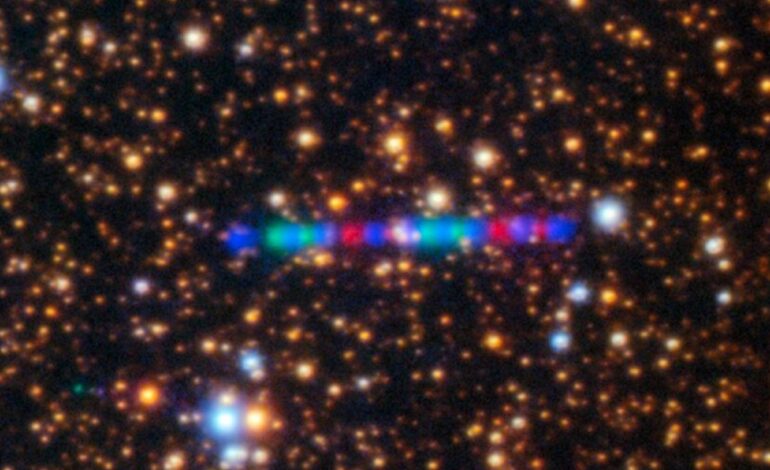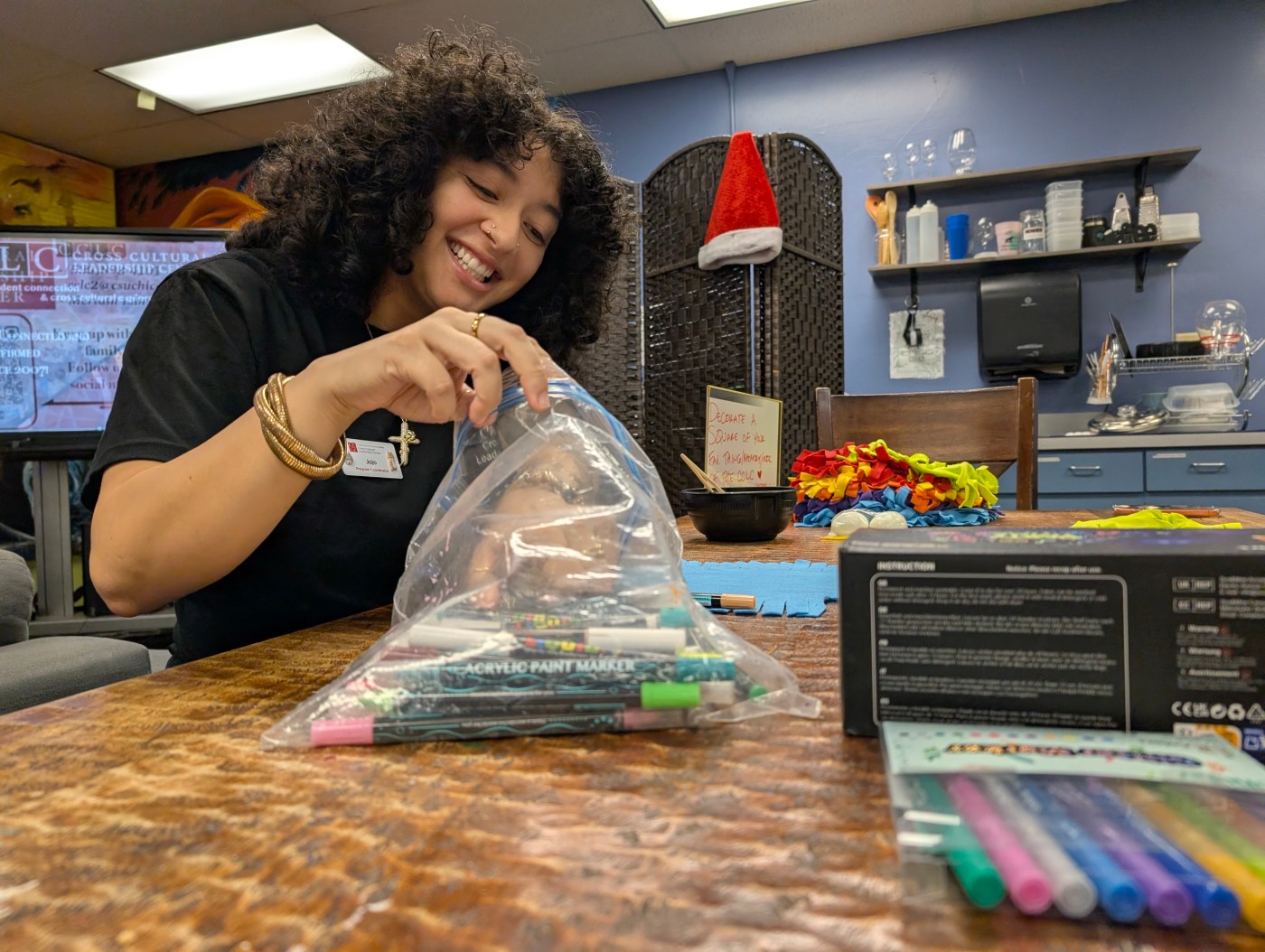Two Spacecraft Set to Encounter Comet 3I/ATLAS’ Tail

A new opportunity for scientific discovery is on the horizon as two spacecraft, Hera and Europa Clipper, are poised to pass through the tail of comet 3I/ATLAS. This interstellar object has generated significant interest since its discovery in June 2023, with researchers eager to study its unique characteristics. A recent study by Samuel Grand and Geraint Jones, published in the Research Notes of the American Astronomical Society, outlines a plan to utilize these spacecraft to analyze ions from the comet’s tail as it approaches the Sun.
As 3I/ATLAS nears perihelion on October 29, 2023, its tail has been expanding rapidly, showcasing remarkable activity. Observations indicate that the comet is shedding water at an unprecedented rate, described as “gushing” like a fire hose. This creates a trail rich in water particles and potentially crucial ions that could provide insights into the composition of interstellar objects.
Mission Details
The upcoming encounters with Hera and Europa Clipper are scheduled for late October. Hera will pass through the comet’s tail between October 25 and November 1, while Europa Clipper will have its window from October 30 to November 6. Although these spacecraft were not originally designed for this purpose, their trajectory through the tail could yield valuable data.
The challenge lies in accurately predicting the path of the comet’s tail, which is affected by solar wind. The authors of the study employed a model called “Tailcatcher” to estimate where the ions would be located relative to the spacecraft’s path. Despite the complexities, the predicted minimum distance for Hera is around 8.2 million kilometers and 8 million kilometers for Europa Clipper. These distances are significant yet still within reach for data collection.
Scientific Implications
While Hera lacks instruments to detect ions or changes in the magnetic field, Europa Clipper is equipped with the necessary tools, including a plasma instrument and magnetometer. This presents a unique chance for researchers to gather data that could enhance our understanding of interstellar comets and their behavior.
The urgency of the situation cannot be overstated. Mission controllers face tight deadlines to adapt their operations in response to this unexpected opportunity. If they can successfully maneuver the spacecraft through the comet’s tail, they may achieve a historic first—directly sampling the tail of an interstellar comet.
As 3I/ATLAS continues its journey through the solar system, the scientific community watches closely. The findings from these encounters could reshape our understanding of not just this comet, but of the dynamics of other interstellar objects as well. The excitement surrounding this mission is palpable, as it represents a compelling intersection of exploration and discovery within our solar system.






